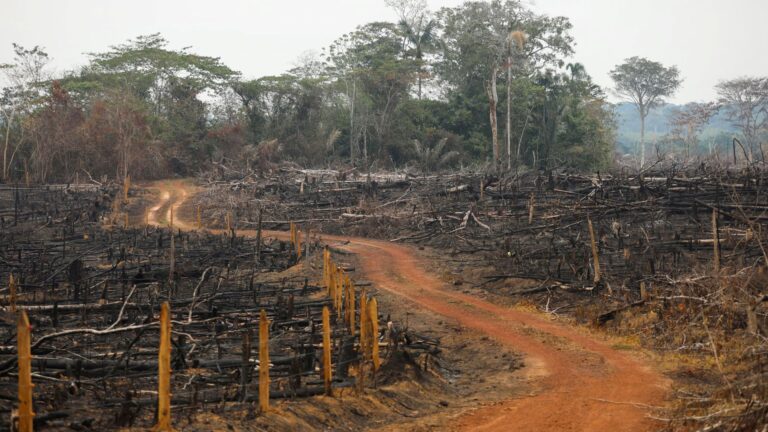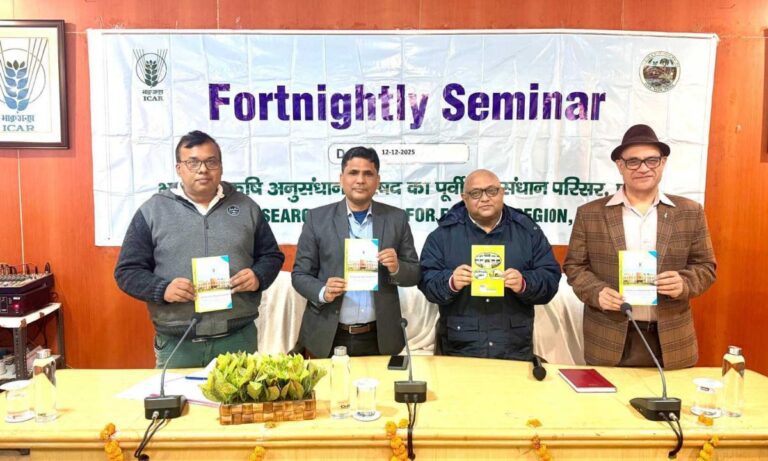
The 51st edition of World Environment Day marked a record-breaking success, featuring an unprecedented 3,854 official events and tens of millions of online engagements. This year, the focus was on countering three critical yet often overlooked perils: land degradation, desertification, and drought.
“From Times Square to Trafalgar Square to bus shelters and airports in Beijing, Beirut, and Osaka, to billboards in Botswana, Eswatini, Kenya, South Africa, Tanzania, Zambia, and Zimbabwe – World Environment Day is clearly on everyone’s mind,” said Inger Andersen, Executive Director of the United Nations Environment Programme (UNEP).
Raising Awareness About Land Degradation
Many discussions on June 5th centered around how restoring landscapes – through activities like tree planting and pollution control – can combat land degradation, which affects over 3 billion people worldwide.
World Environment Day effectively highlighted the global crisis of losing terrestrial ecosystems. Andersen emphasized, “Land degradation, desertification, and drought are not only problems for arid nations. They are global problems.” The day’s events demonstrated that restoration efforts, even simple ones, can significantly transform landscapes affected by climate change, biodiversity loss, and pollution.
Social media posts reached over 200 million people, with the celebration becoming the top trending hashtag on X (formerly Twitter). Related video content garnered 27 million views.
Addressing Spiraling Climate Threats
The interconnection between climate change and land degradation was a focal point. UN Secretary-General António Guterres, in a powerful address at The American Museum of Natural History in New York, urged immediate action to mitigate climate risks.
“We need an exit ramp off the highway to climate hell,” Guterres warned, emphasizing the urgent need for climate action to not only tackle the climate crisis but also to promote economic prosperity and sustainable development.
UNEP Deputy Executive Director Elizabeth Maruma Mrema, speaking at Oxford University, called for global cooperation to address the intertwined challenges of climate change, nature loss, and pollution, asserting that “multilateralism is our only way to solve these interconnected and integrated challenges.”
Policy Announcements and Groundwork for Restoration
World Environment Day prompted significant policy announcements and restoration initiatives. In the Maldives, President Mohamed Muizzu launched a project to plant 5 million trees over five years. Oman pledged to plant over 16 million wild seeds, while Bangladesh set an ambitious goal to expand tree cover to 25% of its land area by 2030.
Kazakhstan celebrated the return of Przewalski horses after a 200-year absence, releasing them into the wild to help restore the nation’s grasslands.
Cultural Moments and Artistic Engagement
Cities worldwide used art to highlight the human-nature connection. Saudi Arabia, the host country, featured green-lit buildings and drone shows. Brussels, Belgium illuminated its city hall in green, while Switzerland turned its iconic Lake Geneva jet of water green.
Seattle showcased one of North America’s largest collections of street art, including a massive mural of a humpback whale by Mexican artist Adry del Rocio, who emphasized the interconnectedness of marine ecosystems.
Musicians and actors also lent their voices to the cause. In Nairobi, Kenya, Future Sounds and Kimmy Wangari performed a song specially written for the day. Other artists released new music to raise climate awareness, and actors like Don Cheadle and Jason Momoa voiced their support for ecosystem restoration. Even the animated character Peppa Pig joined in, encouraging children to keep the environment clean.
Reinforcing the Global Environmental Movement
World Environment Day underscored the importance of restoration within the global environmental movement. As leaders prepare for upcoming environmental summits, they are reminded of the potential of restoration to address the planet’s challenges.
“Land restoration can be the golden thread that ties together action and ambition across these three important gatherings,” said Andersen, advocating for the integration of climate pledges and biodiversity strategies with land degradation neutrality commitments.
Engaging the Next Generation
Young people worldwide participated in activities promoting land protection and conservation. In Germany, youth joined President Frank-Walter Steinmeier to discuss the UN Decade on Ecosystem Restoration. At UNEP headquarters in Nairobi, school children learned about soil restoration, while students in Vienna participated in a simulated conference on land restoration.
In Barranquilla, Colombia, youths planted trees, and in Riyadh, Saudi Arabia, Andersen spoke to young people about protecting the planet for future generations.
“Our land is our future,” she said. “We must protect and restore it to slow and adapt to climate change, return nature to full health, and increase the livelihoods and food security of billions of people around the world.”






